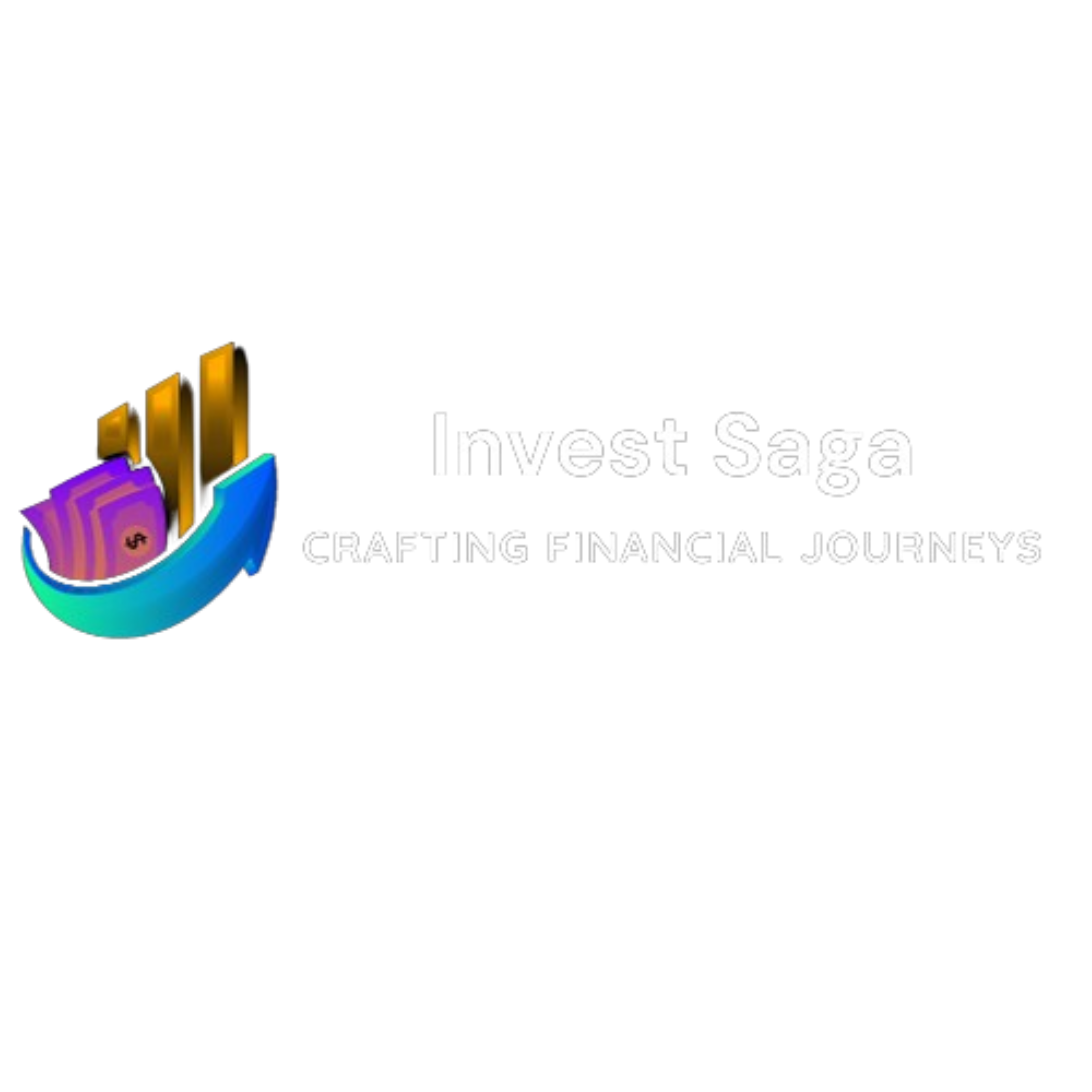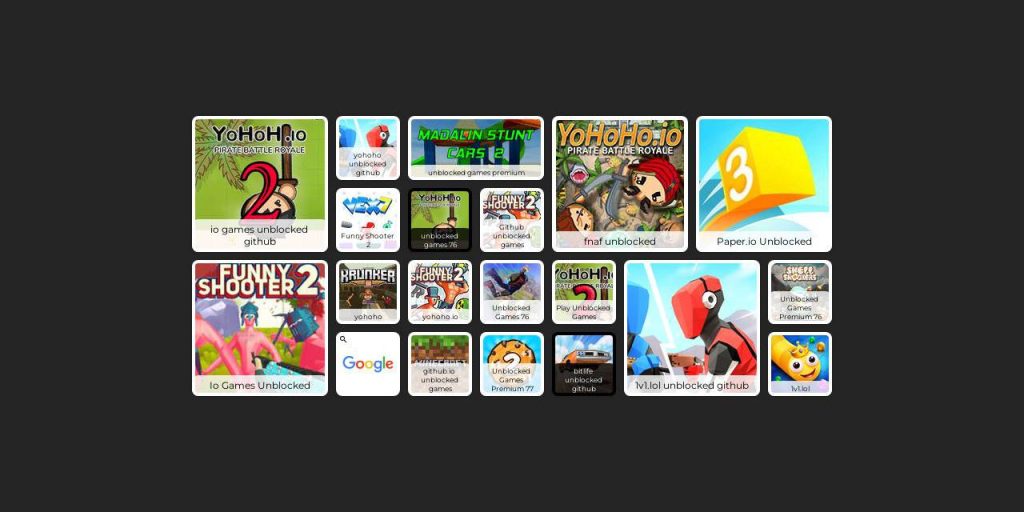Introduction
Creating games can feel like a marathon of imagination and problem-solving. Between choosing a game style, coding mechanics, and designing artwork, you may start to wonder if you bit off more than you could chew. Enter github.io Games – a goldmine of game development tools and resources to make the journey smoother. With everything from physics engines to pixel art editors, github.io Games has the tools to help any developer, whether you’re a hobbyist or seasoned pro, bring your ideas to life.
Ready to discover what’s out there? Let’s take a look at six powerful tools available on github.io Games to spark creativity, streamline your workflow, and make game development fun and fulfilling.
Why Use github.io Games for Game Development?
Before we dig into the specific tools, let’s talk about why github.io Games has become a trusted playground for game developers. In a word: versatility. On github.io, you can find open-source game development tools, libraries, and resources shared by a community of developers who live and breathe game creation. This setup means you’ll not only have access to powerful tools, but you’ll also be backed by a community that provides constant support and inspiration.
Here’s why github.io Games is a go-to resource for game creators:
- Open-Source Access: Many of the tools are free, customizable, and open to community improvement.
- Rich Learning Resources: Tutorials, sample code, and developer notes help you learn as you create.
- Vibrant Community: You can connect with other developers, share projects, and get real-time feedback.
Now, with that in mind, let’s dive into the six game-changing tools that can take your development skills to the next level.
1. Phaser.js – The Go-To Tool for 2D Games
Phaser.js is an open-source JavaScript framework built specifically for developing 2D games. Its simplicity and flexibility make it perfect for developers of all skill levels who want to create engaging browser-based games.
Why Phaser.js Stands Out
Phaser.js is praised for being user-friendly without sacrificing functionality. Whether you’re aiming to make an action-packed platformer or a calming puzzle game, Phaser’s features will have you covered.
What Phaser.js Brings to the Table
- Built-in Physics Engines: Phaser has both arcade and advanced physics, so you can build anything from basic movements to complex interactions.
- Flexible Rendering: Use WebGL or Canvas rendering for smooth graphics on different devices.
- Responsive Community: With plenty of github.io Games community support, you’ll never be short of answers or inspiration.
With Phaser.js, you’ll have the power to create rich, interactive experiences that keep players coming back for more.
2. Tiled – Simplifying the Art of Map Design
For anyone working on 2D games with map elements, Tiled is a lifesaver. This free and open-source map editor lets you create tiled maps, making it a great choice for designing everything from RPG landscapes to puzzle platforms.
Why Tiled is a Developer’s Best Friend
Tiled offers a grid-based approach that feels intuitive even for beginners. It allows you to layer details like backgrounds, collisions, and interactive objects in one neat package.
Top Features of Tiled
- Layering Flexibility: Build multi-layered maps with individual properties for each layer, adding depth and detail to your game.
- Tile Collision Support: Define collision properties directly on tiles, streamlining game interactions.
- Export Compatibility: Tiled exports to multiple formats, so you can integrate it with nearly any game engine.
Using Tiled is like having a digital canvas to paint your game’s world. If your game includes expansive maps or intricate environments, Tiled will be your best ally.
3. Godot Engine – The All-in-One 2D and 3D Solution
Godot is a free and open-source game engine loved by developers for its flexibility. Whether you’re making a simple 2D mobile game or an immersive 3D experience, Godot Engine has the tools to make it happen.
Why Godot is a Game-Changer
Godot’s versatility lies in its node-based design and ease of use, making it accessible even for beginners. Plus, the community on github.io Games has tons of shared resources and plugins that extend its functionality.
Highlights of Godot Engine
- Node System: A flexible way to build game components and create reusable nodes.
- GDScript Language: Godot’s own language, inspired by Python, is beginner-friendly and highly efficient.
- Cross-Platform: Develop for desktop, mobile, or web with no extra steps.
If you’re looking for a comprehensive, no-cost game engine, Godot has got your back.
4. Aseprite – Unleash Your Inner Pixel Artist
If pixel art is a key part of your game’s aesthetic, Aseprite is your go-to tool. Aseprite lets you create and animate pixel art for characters, environments, and more, bringing retro charm or modern pixel style to life.
Why Aseprite Shines for Pixel Art
Pixel art can be painstaking, but Aseprite’s tools make it fun and efficient. The intuitive UI lets you focus on creating without getting bogged down in technical details.
Best Features of Aseprite
- Onion Skinning for Animation: See previous frames as you animate, helping to keep movements smooth.
- Color Palette Management: Organize and adjust colors with ease for consistency across your assets.
- Frame-by-Frame Animation: Perfect for adding dynamic, expressive characters and objects to your game.
With Aseprite, your creativity can flourish – one pixel at a time.
5. Unity with github.io Resources – Craft High-Quality 3D Worlds
Unity is a powerful game engine known for its high-end capabilities in both 2D and 3D game development. Though not hosted directly on github.io, the platform has a wealth of community-shared resources that make Unity more accessible and versatile.
Why Unity is Ideal for Complex Projects
Unity’s extensive toolset is perfect for creating polished, multi-platform games. And, thanks to resources shared by the github.io Games community, you can find scripts, assets, and plugins to tackle nearly any challenge.
Unity’s Best Features
- High-Quality Rendering: Achieve stunning visuals for immersive experiences.
- Asset Store & Community Support: Access shared assets, extensions, and tutorials on github.io to streamline development.
- Cross-Platform Support: Unity’s tools allow you to publish to various platforms seamlessly.
For those looking to create something intricate or 3D, Unity with github.io resources is hard to beat.
6. Ren’Py – Bring Your Stories to Life with Visual Novels
For those who prefer narrative-driven games, Ren’Py is a perfect choice. Ren’Py is a visual novel engine that simplifies the process of creating story-based games with branching dialogues, interactive choices, and engaging visuals.
What Makes Ren’Py Perfect for Storytelling
Ren’Py is designed with writers and storytellers in mind. Its scripting language is straightforward, and it provides everything you need to build text-based games or interactive stories.
Top Features of Ren’Py
- Dialog and Choice System: Create interactive stories with branching paths and choices.
- Visuals and Sound Integration: Import visuals, music, and sound effects effortlessly.
- Easy Scripting: Ren’Py’s syntax is simple, making it accessible for non-programmers.
If you’re ready to craft a story that players can explore, Ren’Py will help you bring it to life.
Conclusion: Bring Your Game Ideas to Life with github.io Games
Each of these six tools on github.io Games offers unique ways to enhance and streamline your game development journey. Whether you’re drawing pixel art in Aseprite, mapping worlds with Tiled, or crafting stories in Ren’Py, you’ll find a tool that matches your creative goals. Github.io Games provides a community-driven approach to game development, making it easy to find resources, connect with other creators, and learn from those who’ve come before you.
Game development doesn’t have to be daunting. With the right tools, it can be a joyful process where every line of code and every piece of art brings you one step closer to creating something amazing. So pick a tool, roll up your sleeves, and get started!



